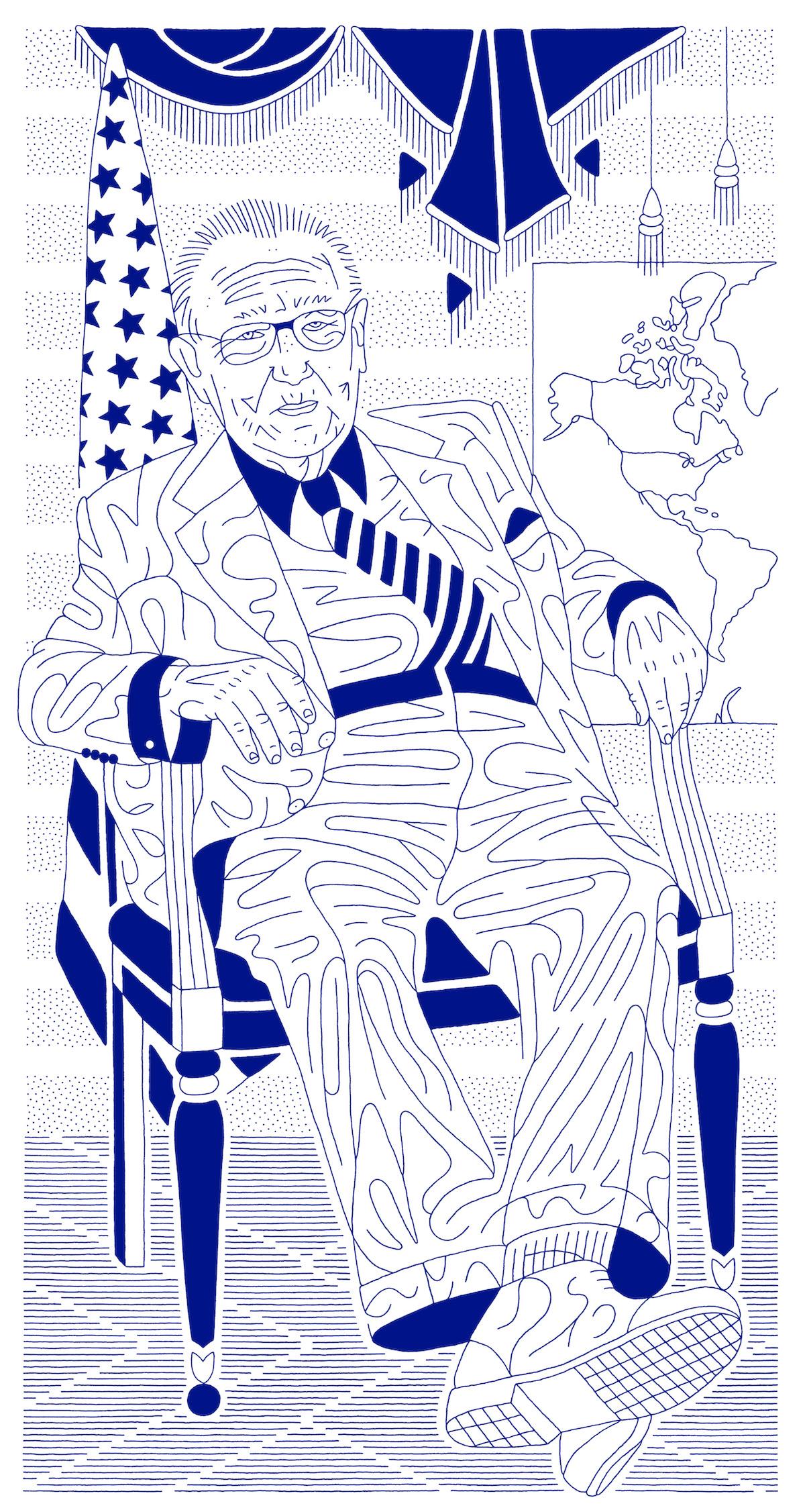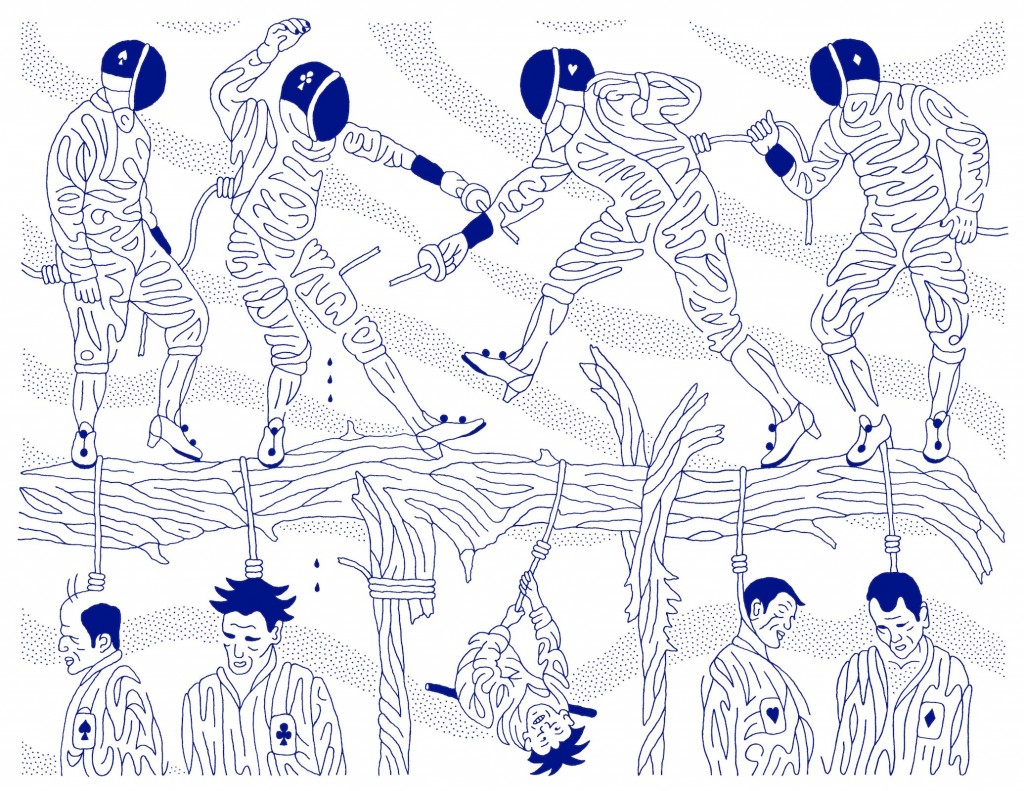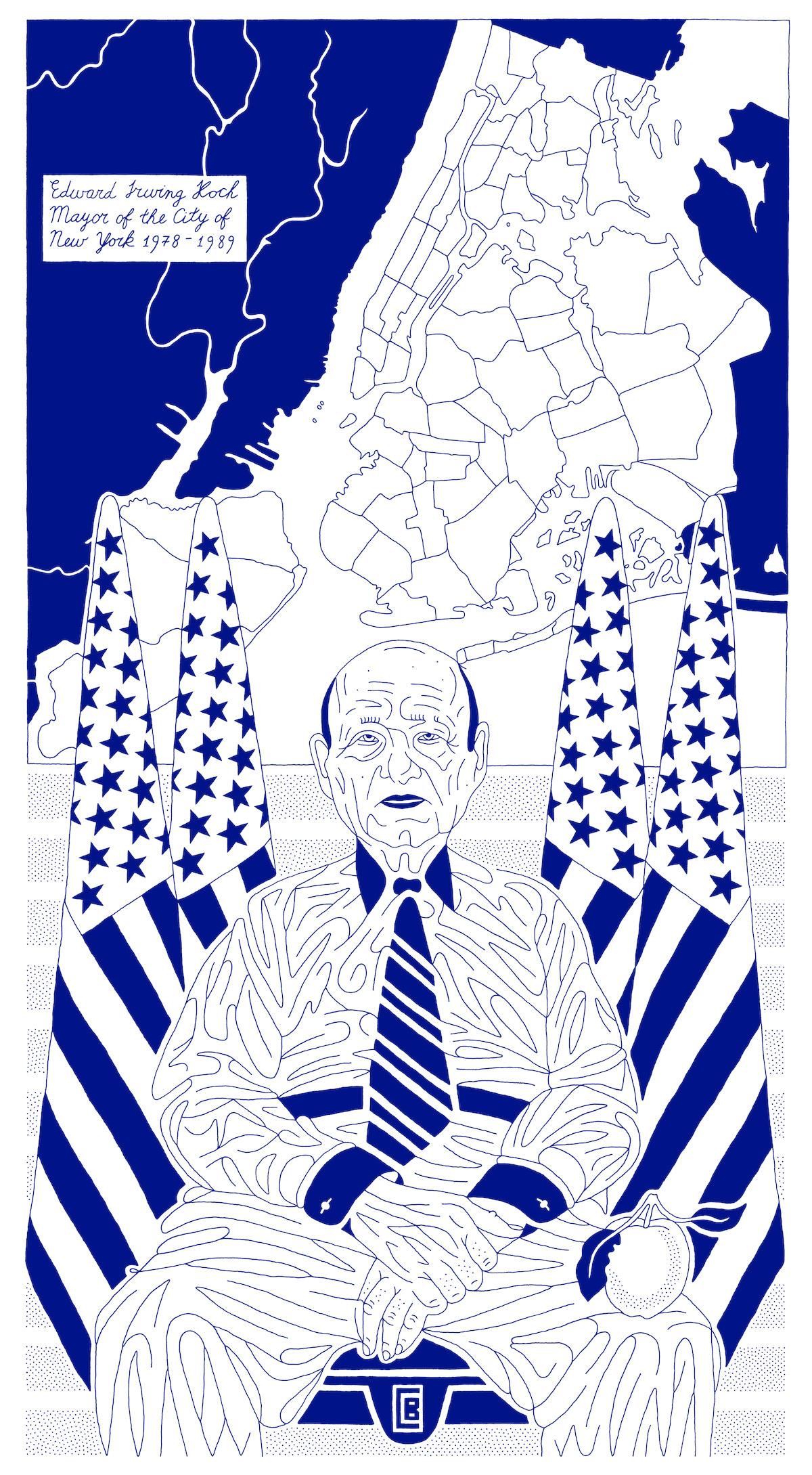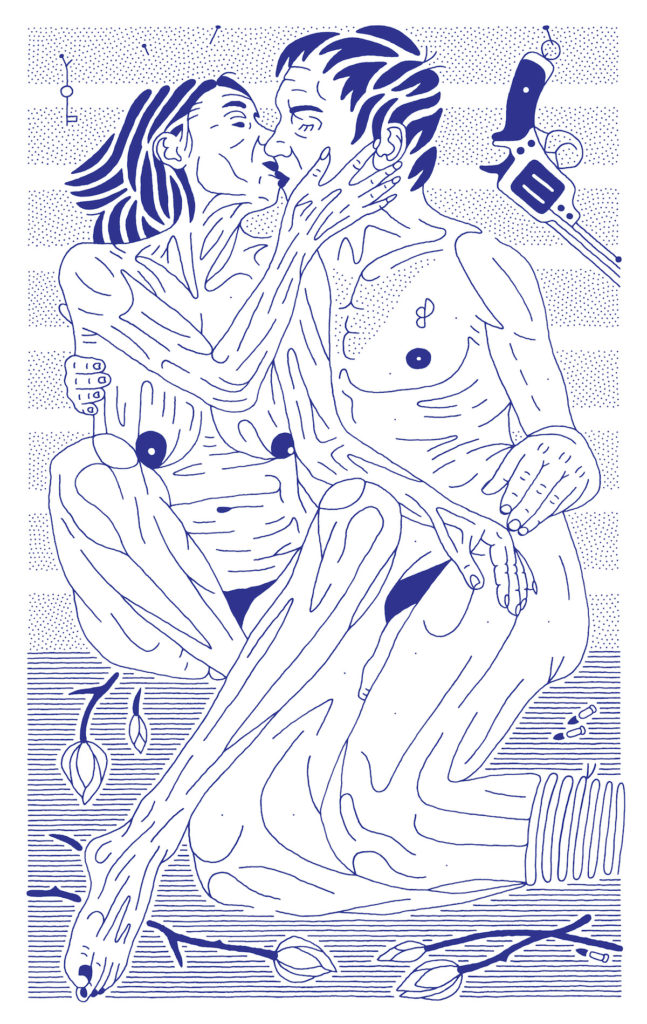
Ways of drawing: philosopher Patrick Maynard and artist Dmitry Borshch in conversation on art
Patrick Maynard describes his work thus: “Most of my publications and talks concern the nature, function, and perception of pictorial representations and similar expressive forms. They are theoretical, but argued from ‘real world’ engagement with things that matter to people, from the prehistoric to our own times. These discussions not only feature a broad variety of illustrations, but, as ‘substantive’ philosophy, are typically based on them. They are of interest not only to philosophers but also to artists, art critics and historians.” Dr. Maynard is the author of Drawing Distinctions (Cornell University Press, 2005), The Engine of Visualization (Cornell University Press, 1997), and other works.
Here is an excerpt from his conversation with Dmitry Borshch, a contributor to the twelfth issue of Superstition Review:
PM: To set some questions, may I begin by congratulating you on your work: that is, you have found a successful way of working. I think what we mean by “self-expression,” a term closely related to art, is one’s own way of making things which can somehow deal with unlimited ranges of life experience. That provides a basic freedom, one we associate with composers, poets, novelists. It is good to see it in drawing these days where you seem to have found a distinctive style.
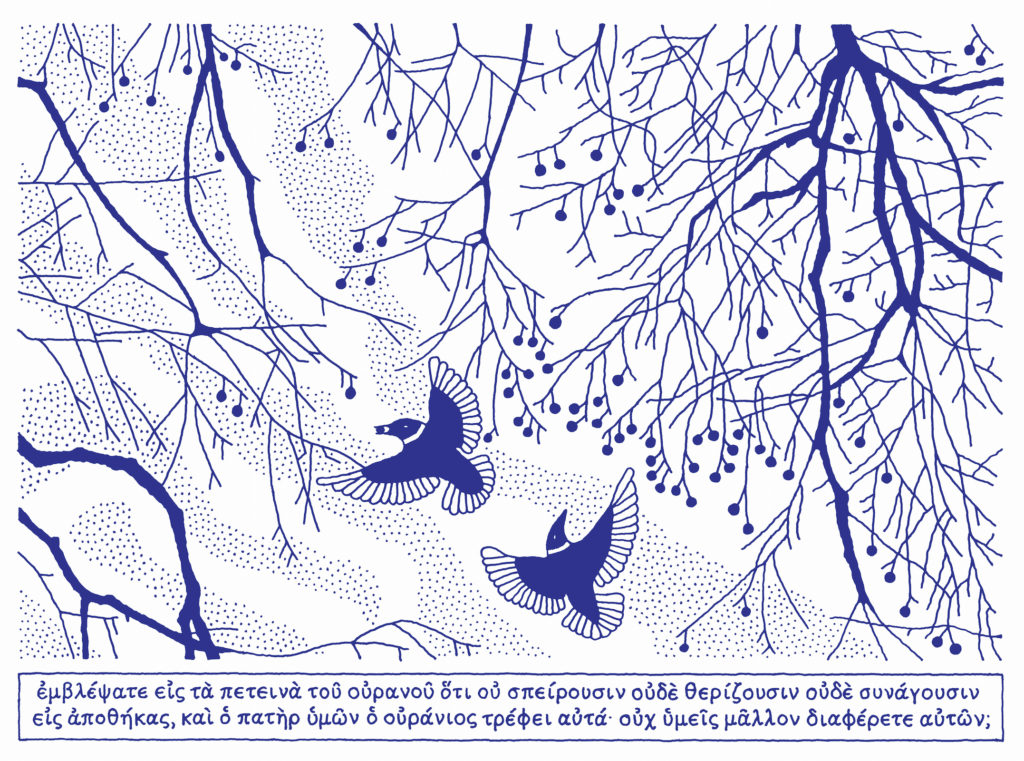
DB: About finding one’s way… Many children are fearless drawers but they encounter professional illustrators in children’s books, become intimidated, and abandon drawing. I remember this intimidation; it drew me to writing and acting as a substitute for those illustrations – I was a teenage writer and tweenage actor. Frustrated with not being able to publish my writings, in English or Russian, I resumed drawing at twenty-seven. About four years later my first independent styles emerged – a drawing style first, then a sculpting one. They were both abstract, as I mentioned before, and influenced by Russian Constructivism, De Stijl, and Soviet Nonconformists. I was able to develop a style in two photographic series that followed those abstractions. Then another graphic series, closer to representational way of depicting but still abstract. While not monochromatic, its palette was restricted to three (a primary and two non-primary) colors. Maybe in 2006 I finally reached my current blue-ink style: “Will it contain you, this house I have built?” and “Wildbirds Among Branches” were the first to be drawn in it. So I moved from pure abstraction to balancing between the abstract and figurative, representational. For what period this balance will continue is unclear but in 20 years I may abandon figuration and return to geometric designs I started with.
PM: In contrast with traditional artists just mentioned, contemporary visual artists rarely work from direct assignments which provide specific context (and sustenance): jobs to do. Also they exist in an extremely heterogeneous sea of visual forms, including much marketing – the like of which had never been encountered – a daunting situation. Do you have advice for young artists, notably those who draw, regarding their finding their own ways, as you have done?
DB: The first advice to an artist who draws is to clarify his relationship to drawing: is he using it to record, visualize ideas that may later be translated into painting – as many painters do – or is he primarily a draftsman, someone for whom drawing is a “terminal” activity, no progress beyond which is anticipated? The second and final advice is to strive for coherence of his drawings’ message, style, geometry, lines’ phrasing, interaction among lines. That will enhance their presence: if a drawing is coherently drawn, it becomes present and available to the viewer for extended contemplation, but not yet as an artwork unless coherent matter is united with poetry. So, to younger and older artists, draftsmen or not, I wish many a contemplative viewer – who will be gained only if he perceives aesthetic, intellectual, sentimental or some other value in their drawing.
More of Dmitry’s drawings can be found here.
